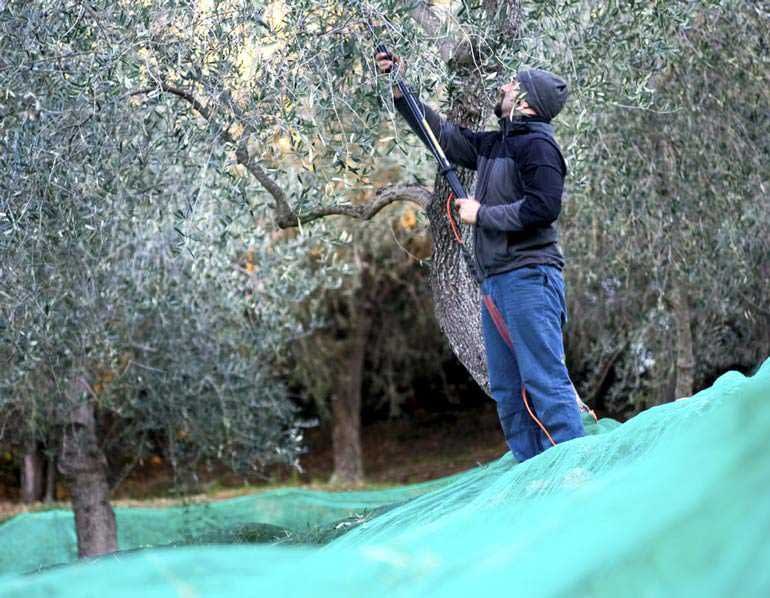
How much does it really cost to grow olives for olive oil production and how much does the cost vary around the world? The answers are often not known by olive growers themselves, according to Dr. Juan Vilar Hernández, a sub-coordinator of a 25-strong International Olive Council-appointed expert group studying production costs.
Since December, the group has conducted an international survey of olive oil producers and is now preparing to deliver its analysis to the IOC by May 19. Their study focuses on the field costs of producing olives – up to when they have been harvested and are ready to be taken to the mill – over the last four seasons. The project aims at sharing information on the true range of costs in the sector and aiding decision-making on matters such as changes to farming inputs and processes, and business strategy design.

Why the study is needed
Growers using traditional cultivation methods – which account for about three quarters of the total world area dedicated to olive oil production – stand to gain most from the study because they often lack thorough accounting systems and analysis of their results, said Vilar, CEO of GEA Westfalia Separator Ibérica. (In 2012 Vilar wrote “The International Olive Oil Production Sector” — a comprehensive book on the sector.)
“The study will serve as a strategic business tool, especially for the disadvantaged and more traditional olive groves, helping with their optimization, and thus the effectiveness and efficiency of this social farming which is immersed in the vortex of globalization and faces very tight economic margins. After all, internationally, more than 30 million people make their living directly from this sector, which has an annual turnover of €7 – 11 billion,” he said.
Assessing global competitiveness
An illustration of the importance of being competitive globally was provided in November by Jaime Carbó, CEO of the world’s biggest olive oil bottler, Deoleo, who said that in the last year Deoleo had bought Australian olive oil, packaged it in Europe, and later sold it to America. “It sounds strange but the numbers added up,” he said. In such a global market, growers can’t know if they are competitive without knowing their true costs of production.
Vilar said that as a very general rule, to be profitable, the production cost for 1kg of olives at the farm gate should not exceed €0.33-€0.45 – including all applicable expenses, such as self-employment, depreciation of assets, and opportunity cost. However, it’s hard to pinpoint such a value accurately, stressed Vilar, because prices in the olive oil market fluctuate and other variables include the country, olive variety, farming method, oil yield, time of harvest, and terrain.
Study spans nearly 50 countries, seven farming systems
The ambitious study has seen detailed questionnaires sent to more than 400 contacts around the world, among them producers, producer associations, olive oil mills, technical staff and research centers.
“The study spans the now 47 countries where olive oil is produced, including newcomers Namibia and Armenia, ” said Vilar, who also mentioned that Madagascar and South Korea have field trials underway with a view to joining them.
Growers have been divided into seven categories according to whether they use traditional (<180 trees/ha), intensive (180 – 800 trees/ha) or super-intensive (>800 trees/ha) farming methods, with the first two also divided according to whether the trees are rainfed or irrigated. The traditional farming category is further divided according to whether the land has slopes of more or less than 20 percent.
Results to be made public, study could extend to milling costs
Vilar said once finalized, the results of the study will be made public by the IOC.
“It will be the most complete, in terms of content and international representation, ever carried out. It represents an important management and decision-making tool for olive growers,” he said,
The IOC said last year the study would also help, “identify what countries need in terms of support and technical assistance to allow olive growers to weigh up and compare their production costs and to identify potential room for reductions in order to increase their earnings.”
A second stage covering milling costs and ex-mill prices has not been ruled out but is a decision for the IOC to make, Vilar said.








